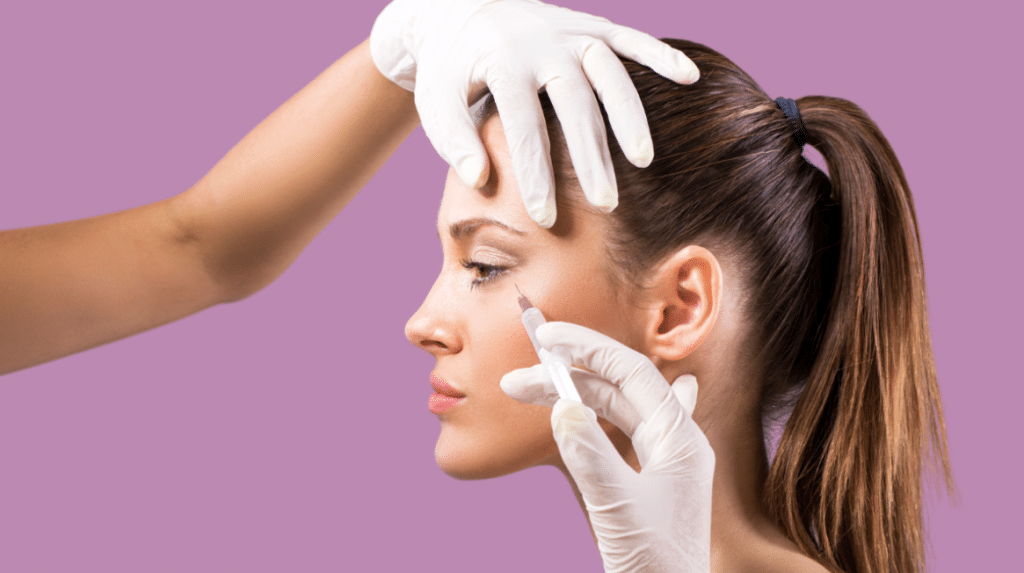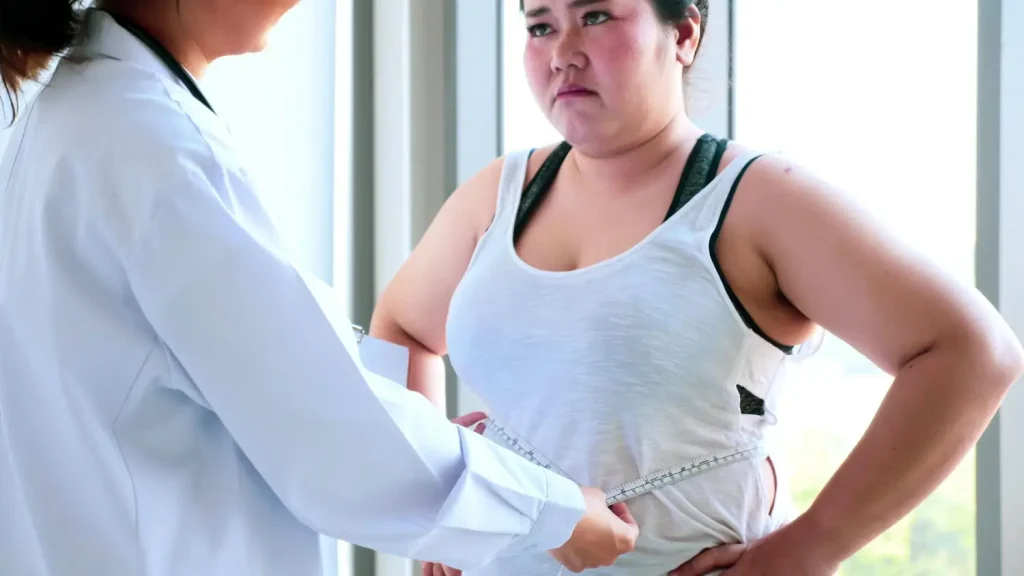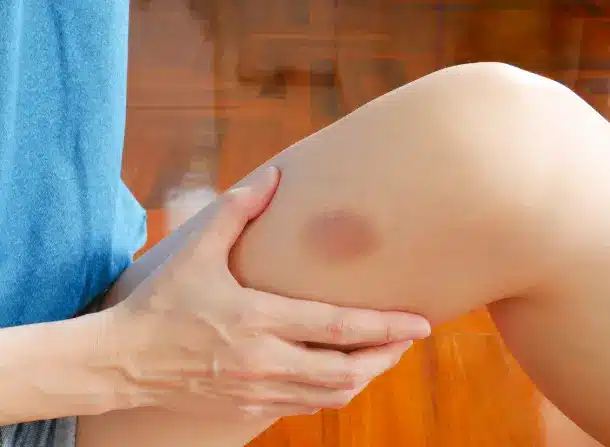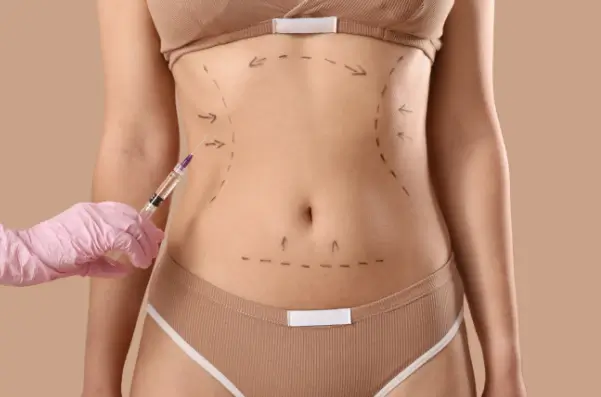According to the Mayo Clinic, Botox injections block specific nerve chemical signals that cause muscles to contract. This temporary relaxation of muscles reduces facial wrinkles, making it a sought-after procedure for those looking to maintain a youthful appearance.
As the demand for Botox treatments grows, understanding the do’s and don’ts following the procedure becomes increasingly essential for optimal results. While Botox offers significant benefits, the post-treatment protocol is crucial in preserving these results and preventing complications.
Little is often discussed about the immediate steps one should take or avoid after receiving Botox injections, leaving many in the dark about best practices following their treatment. This article will explore the top five things you shouldn’t do after receiving Botox treatment.
Key Takeaways
- Proper post-Botox care is vital to achieving optimal results. This includes not touching the treated areas and avoiding strenuous activities, alcohol, high heat, and other facial treatments.
- Following precautions against touching, exercising, drinking alcohol, and heat exposure, as well as additional treatments, prevents the spread of Botox and complications.
- A personalized aftercare plan with immediate and long-term practices boosts and extends Botox benefits.
- Identifying complications and regularly communicating with your practitioner is crucial for a safe and satisfactory treatment experience.
The Top 5 Post-Botox No-Nos
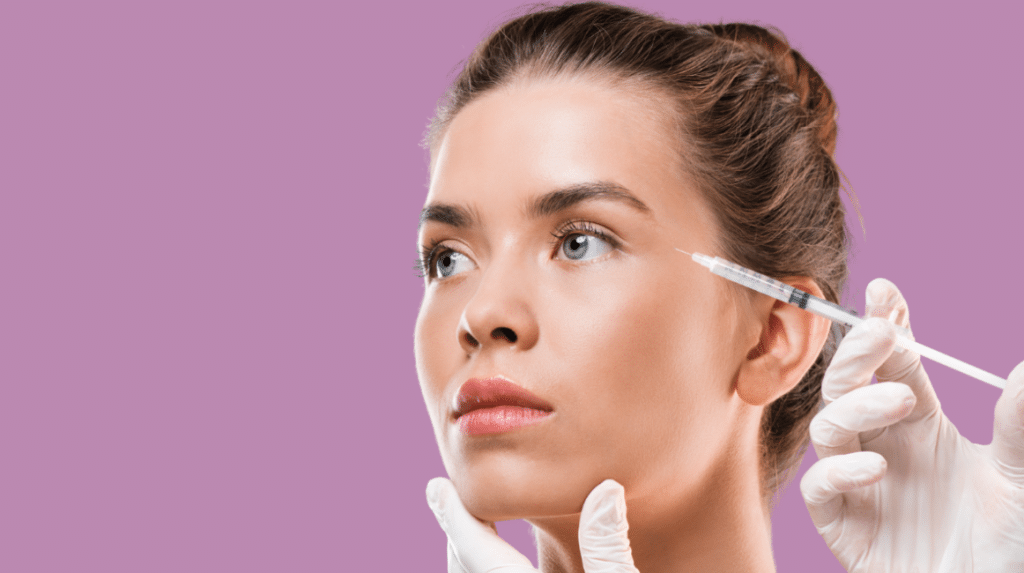
To maximize the benefits of Botox treatments and minimize potential side effects, you should take several vital precautions immediately following your procedure.
Avoid Touching or Massaging the Treated Areas
After receiving Botox injections, it’s imperative to resist the urge to touch, massage, or apply pressure to the treated areas. This caution is due to the risk of spreading the Botox to adjacent muscles, which could lead to unintended effects such as asymmetry or muscle weakness in areas not initially targeted for treatment.
Touching the area might also introduce bacteria, increasing the risk of infection. The injection sites are essentially minor wounds that need to heal; disturbing them can lead to complications.
Steer Clear of Strenuous Physical Activities
Physical exertion and activities that significantly increase your heart rate and blood flow, such as heavy lifting, running, or high-intensity workouts, are discouraged immediately following Botox treatment.
Increased blood flow can cause the Botox to migrate from the injection site to other areas of the face or body, potentially reducing its effectiveness and leading to undesired outcomes. Avoiding these activities for at least 24 to 72 hours is recommended to ensure optimal treatment efficacy and reduce the risk of swelling and bruising.
Say No to Alcohol Consumption
Alcohol has a vasodilatory effect, meaning it causes blood vessels to expand, leading to increased blood flow and higher blood pressure. In post-Botox care, this increased blood flow can exacerbate swelling, redness, and bruising at the injection sites.
Experts recommend abstaining from alcohol for at least 48 hours before and after Botox injections to minimize these risks and ensure the best possible cosmetic outcome.
Skip the Sauna and Hot Showers
Exposure to the heat from saunas, steam rooms, and hot showers can cause vasodilation. This effect, similar to that of alcohol, increases the risk of swelling and bruising. Additionally, it may cause Botox to spread beyond the intended treatment areas.
The heat can cause blood vessels to dilate, bringing more blood to the skin’s surface. This heightens the risk of bruising and can affect Botox’s settling process. If needed, it is recommended to cool the treated area gently. However, avoiding high-heat environments for at least 24 hours following your Botox sessionis best.
Put Off Other Facial Treatments
Other facial treatments, such as facials, microdermabrasion, laser treatments, and massages, can interfere with Botox’s action by applying pressure to the treated areas or causing additional irritation. To allow the Botox to fully take effect without disturbance, postponing any other facial treatments for at least 24 to 48 hours is advisable.
This waiting period helps prevent the spread of Botox to unintended areas. It ensures that your skin has adequate time to recover from the Botox injections, reducing the risk of complications and enhancing the treatment’s effectiveness.
Understanding Why These Restrictions Matter
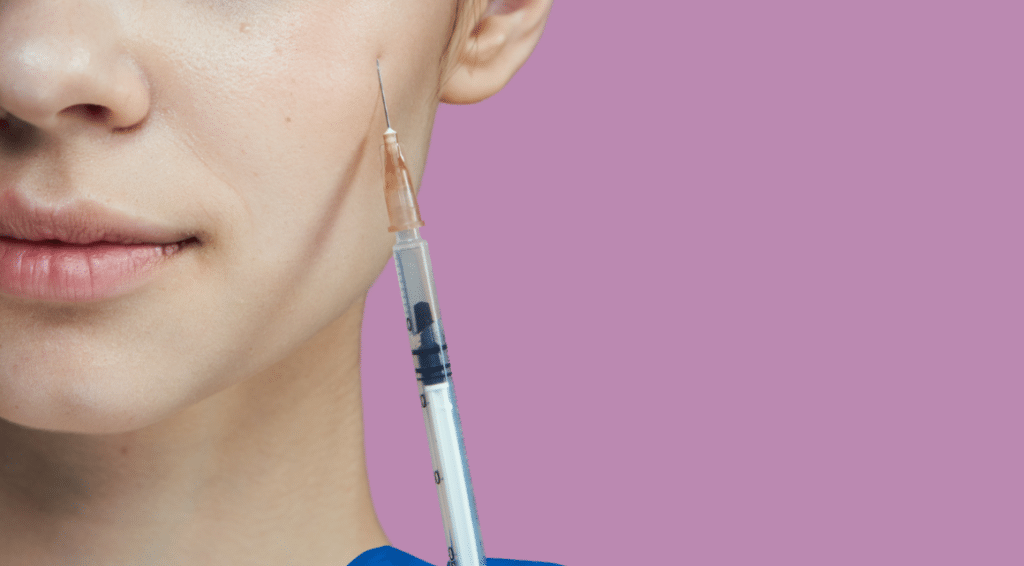
After undergoing Botox treatment, it’s crucial to adhere to a specific set of guidelines to ensure the success and effectiveness of the procedure.
Ensuring Optimal Results
Botox temporarily blocks nerve signals to muscles, reducing their activity and thus smoothing out wrinkles. This leads to an important consideration: do you get Botox forever to maintain its effects? Botox must stay localized to the treated areas to work effectively and deliver the desired aesthetic results.
Activities or behaviors that could cause Botox to migrate from its targeted location can dilute its effectiveness and lead to suboptimal results. For instance, touching or massaging the treated areas can spread the product to adjacent muscles, potentially causing unwanted paralysis or asymmetry.
Similarly, strenuous activities after treatment can increase blood flow and spread the toxin. These guidelines are in place to ensure that Botox remains where it is intended and works as effectively as possible, maintaining its aesthetic benefits for as long as possible without necessitating continuous treatments.
Avoiding Complications
The restrictions following Botox injections also play a critical role in minimizing the risk of complications. For example, avoiding alcohol and high heat exposure from saunas or hot showers can prevent excessive swelling and bruising, as both can increase blood flow and pressure in the treated areas.
Keeping the injection sites clean and free from pressure minimizes the risk of infection and ensures the puncture wounds heal properly. Such complications can detract from the aesthetic results and pose health risks, making adherence to these guidelines paramount for a safe recovery process.
Personalizing Your Care Plan
While the outlined restrictions serve as a general post-Botox protocol, it’s essential to consider individual factors when personalizing your care plan. Factors such as skin type, the extent of treatment, individual healing rates, and lifestyle can all influence how one should approach post-treatment care.
Consulting with your healthcare provider to tailor these guidelines to your specific situation can enhance your comfort, optimize results, and minimize the risk of complications. Personalized care plans ensure that your advice is as effective and relevant to your unique circumstances.
Additional Tips for Post-Botox Care
Following Botox injections, it’s essential to prioritize post-treatment care beyond merely avoiding specific activities. Optimal aftercare practices play a crucial role in maximizing results and facilitating a smoother recovery journey. This comprehensive approach not only fosters better outcomes but also addresses the query: “Can Botox make your face slimmer?“
Immediate Aftercare
- Stay Upright: Keep your head upright for the first few hours after the injection. Avoid lying down to prevent Botox from migrating.
- Ice Packs: Applying ice packs to the treated areas can help reduce any potential swelling and bruising. However, be gentle and don’t apply direct pressure.
- Facial Expressions: Engage in regular facial expressions to work the Botox into your muscles. However, avoid strenuous facial movements that might stress the treated areas.
Long-Term Maintenance
- Sun Protection: Continuous sun exposure can degrade your skin quality and affect the longevity of Botox results. Use a high-SPF sunscreen and consider wearing hats when outdoors.
- Skin Care Routine: Implement a gentle, non-irritating skincare routine. Products with retinol and vitamin C can promote skin health without adversely affecting Botox.
- Hydration: Keeping your skin hydrated with moisturizers and drinking plenty of water can also help maintain your Botox results.
Lifestyle Considerations
Diet and Exercise: A healthy lifestyle can complement your Botox treatment. Foods rich in antioxidants can support skin health, while regular, moderate exercise can improve circulation and skin quality.
Stress Management: High stress levels can accelerate aging signs. Techniques such as yoga, meditation, or any relaxing hobby can reduce stress and prolong the effects of Botox.
When to Consult Your Practitioner
While Botox is widely considered safe, knowing when to seek medical advice post-treatment is crucial for your health and safety.
Recognizing Signs of Complications
- Unexpected Swelling or Bruising: While some swelling and bruising are normal, extensive or persistent symptoms may require attention.
- Muscle Weakness or Vision Problems: Rarely, Botox can spread beyond the treatment area, leading to muscle weakness, difficulty swallowing, or vision issues. Contact your doctor immediately if you experience these symptoms.
- Signs of Infection: Redness, warmth, or pus at the injection sites may indicate an infection that requires prompt medical intervention.
Regular Follow-Ups
Attend all scheduled follow-up appointments to monitor your progress and discuss any concerns with your practitioner. These sessions can help adjust your treatment plan for optimal results.
Adjusting Your Treatment Plan
Providing feedback on your results and any side effects you experience allows your practitioner to tailor future treatments to your needs. Adjustments include changing the injection sites, dosages, or intervals between treatments.
Maintaining open communication with your practitioner, following their tailored advice, and taking care of your overall health are vital to maximizing the benefits of Botox and ensuring your satisfaction with the treatment.
Conclusion
Understanding and following the post-Botox protocol is essential for achieving and maintaining the desired aesthetic outcomes. The guidelines focus on preventing actions that could spread the toxin, minimize the risk of complications, and support the treated areas’ healing process.
Personalized care, adapted to individual needs and lifestyles, further enhances the treatment’s effectiveness. Regular consultations and openness with healthcare providers ensure that issues are promptly addressed, improving overall satisfaction with Botox treatments.
FAQs
- Can I touch or massage the area after getting Botox?
No, you should avoid touching, massaging, or applying pressure to the treated areas to prevent spreading the Botox to unintended muscles and reducing its effectiveness.
- When can I resume physical activities after Botox?
It’s recommended to wait at least 24 to 72 hours before resuming strenuous physical activities to prevent Botox from migrating and to reduce the risk of swelling and bruising.
- Is it safe to drink alcohol after my Botox treatment?
Avoid alcohol for at least 48 hours before and after Botox injections to minimize swelling, redness, and bruising at the injection sites.
- How long should I wait to shower or visit a sauna after Botox?
Avoid hot showers, saunas, and any exposure to high heat for at least 24 hours after receiving Botox to prevent increased blood flow and swelling in the treated areas.
- Can I have other facial treatments immediately after Botox?
Wait at least 24 to 48 hours before undergoing other facial treatments to allow the Botox to settle properly and avoid disturbing the treated areas.
References
Mayo Clinic. (n.d.). Botox injections. Mayo Clinic. Retrieved from https://www.mayoclinic.org/tests-procedures/botox/about/pac-20384658
Dermacare Hampton Roads. (n.d.). BOTOX®: Everything you need to know after treatment. Dermacare of Hampton Roads. Retrieved from https://dermacarehr.com/learning-center/botox-aftercare-everything-you-need-to-know-after-treatment/
Epiphany Dermatology. (n.d.). What not to do after Botox. Epiphany Dermatology. Retrieved from https://www.epiphanydermatology.com/cosmetic-dermatology/what-not-to-do-after-botox/
Westlake Dermatology. (n.d.). Here’s what NOT to do after Botox or dermal filler injections. Westlake Dermatology. Retrieved from https://www.westlakedermatology.com/blog/what-not-to-do-after-botox-fillers/

